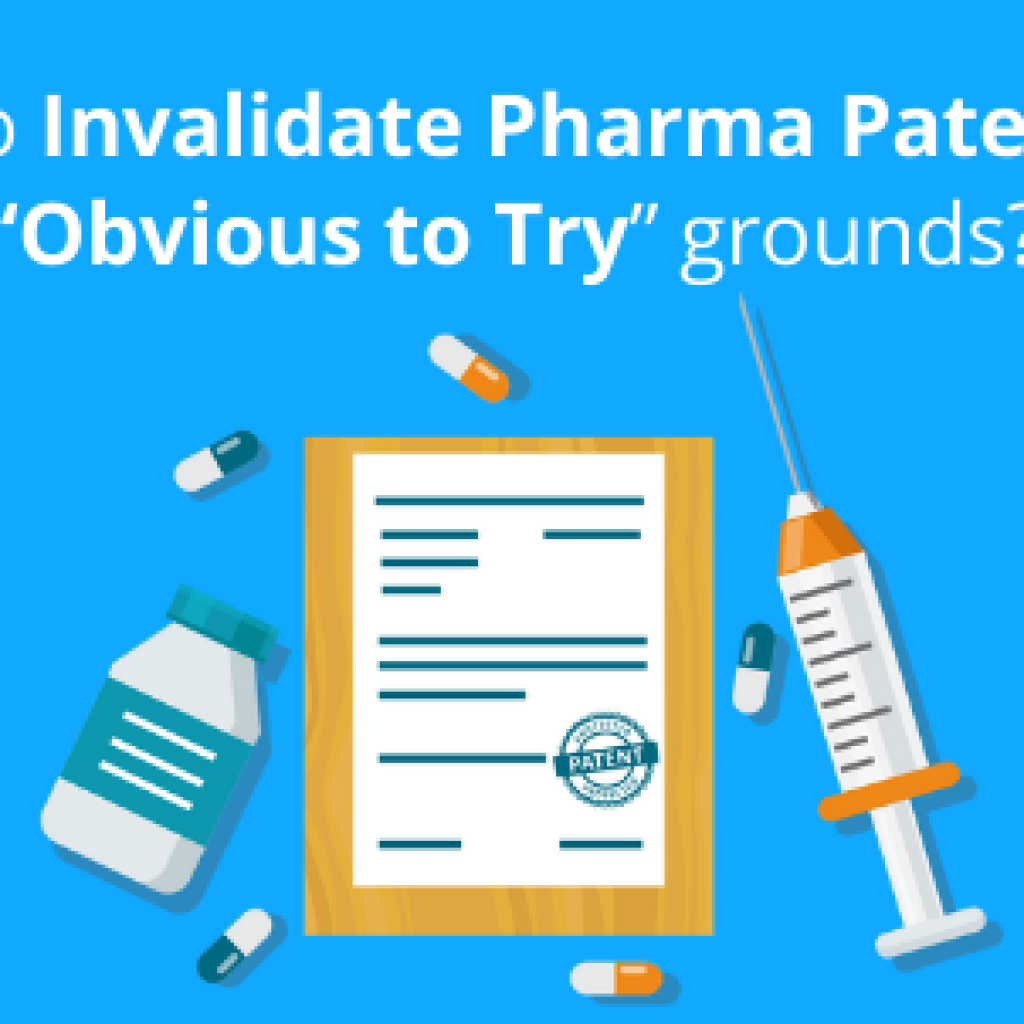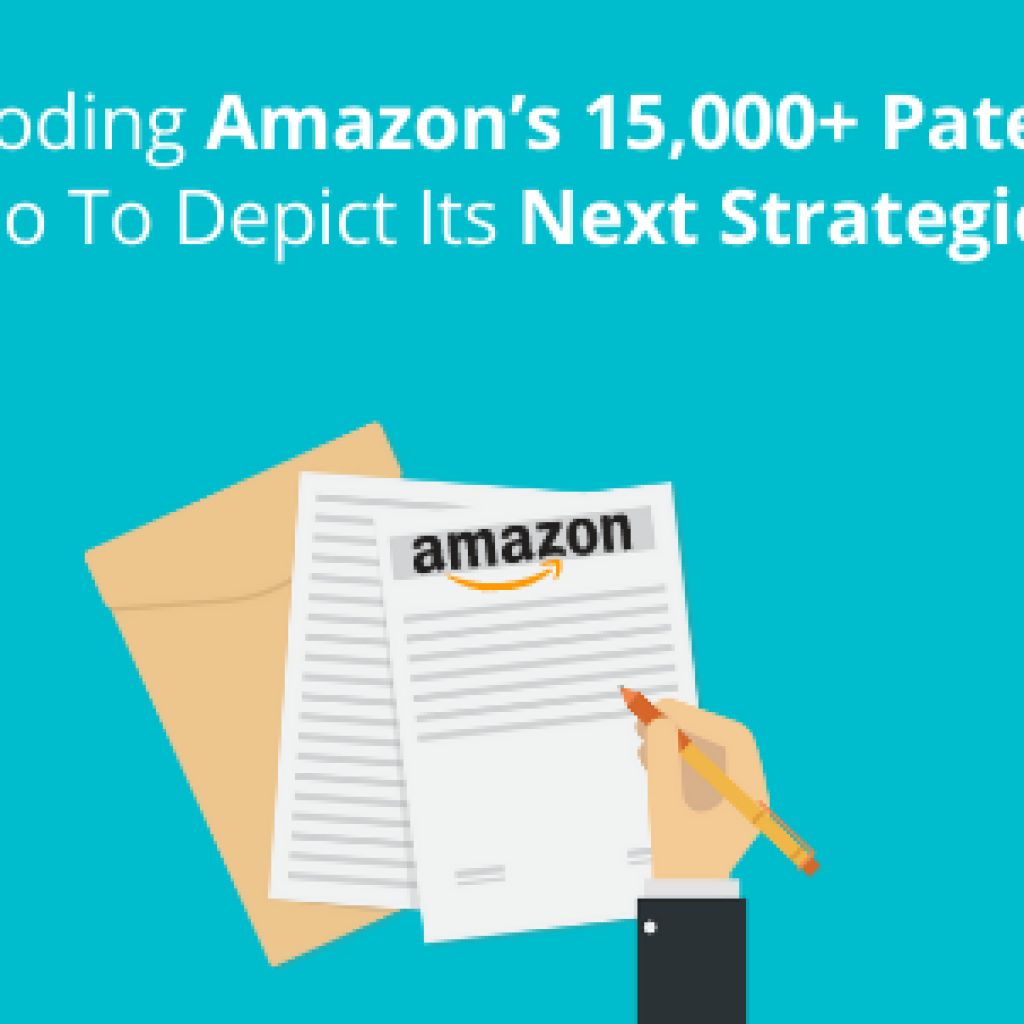As the chip shortage lingers upon the world, TeleGrey, one of our clients from the telecommunications industry, approached us with a plan to get into chip development to become self-reliant. Just like other tech giants, they saw a whitespace in the semiconductor industry and aimed to venture into the domain.
However, there were a lot of risks involved in setting up a chip plant. As more companies have entered the chip industry, IP litigation from NPEs has surged. This rise in patent litigation initiated by these entities is causing a significant financial burden on companies, with IP litigation costs alone resulting in losses of around $80 billion annually.
Over 10,000 companies are facing a lawsuit from an NPE at least once and the number of such lawsuits has surged by a staggering 500% over the past ten years.
legaljobs.io
For the uninitiated, here’s what the trends for patent litigation in the chip domain have looked like in recent years –

Wary of the rising IP litigation threats in the domain, Mike, their IP counsel, wanted to know the risks of entering the domain so that they could strategize before setting up an R&D team to develop products in desired areas.
This is where patent litigation landscape comes into the picture. Here’s why.
1. Know about entities that can pose IP litigation risk
Knowing about the entities will help you tailor strategies to mitigate potential litigation risks before they arise.
For TeleGrey, our experts conducted a risk analysis of the domain and found ~60 active NPEs that were asserting patents regularly. This helped their team learn about the potential risk entities and understand their patent acquisition, licensing, and litigation strategies.
Thus, making sure that they could avoid the risk of litigation from these NPEs and that there won’t be any threat to the new product that our client comes up with.
2. Identify the competitors involved in the litigation
In certain situations, companies may choose to assert patents via an NPE to hinder their competitors’ progress in product development. [This is also done when companies want to avoid the limelight.]
A patent litigation landscape will help reveal such competitors and how their patents are being reassigned/used for litigation purposes.
We further shared shortlisted company portfolios, which TeleGrey could consider and track at all costs to predict and prevent future litigations.
3. Know the specific technology and business areas prone to IP litigation
A patent landscape analysis can help you find ongoing litigation trends within specific areas of technology/business and identify the areas with the most litigations.
Our team delivered a comprehensive analysis for TeleGrey by categorizing the litigations in the chip domain into distinct technology and business segments, covering the entire semiconductor industry supply chain.
This helped ensure a comprehensive view of the litigation trends across the 20 specific areas within the chip industry. From this, TeleGrey was able to identify the hotspots for litigation and potential litigation segments and classify the entities from which they might have a threat if they venture into a particular segment.
4. Understand the level of Threats
When facing multiple aggressive entities (plaintiffs) within a given domain, it can be daunting to effectively track and strategize all potential threats to your upcoming products.
However, by leveraging a patent litigation landscape analysis, you can better understand and categorize the various levels of risk posed by different entities.
For this, our team evaluated the plaintiffs from previous litigations. It segregated them according to the threat posed, which enabled TeleGrey to categorize these plaintiffs as high-risk entities, moderate-risk entities, and low-risk entities.
By utilizing this approach, our client was able to develop its risk mitigation strategy better.
5. Find opportunities to license patents
For companies engaged in new product research, licensing patents can be an effective strategy.
The patent litigation landscape gave TeleGrey’s team valuable information on companies with patents related to the technology they were focusing on.
Interestingly, some of these litigated patents were also licensed – indicating that the defendants could have avoided the litigation altogether if they had known about such threats beforehand and had opted for the licensing route.
Though licensing information about patents is available in a limited manner only, this also indicates the motivation behind certain entities asserting their patents, i.e., to obtain monetary compensation instead of preventing the company from bringing their product to the market.
We thus provided TeleGrey with a holistic view of the semiconductor domain and the risks of entering the market using the patent litigation landscape.
Conclusion
IP litigation is growing yearly as more entities identify ways to monetize their patent portfolio, preventing competitors from entering the market. IP litigation withstood COVID. And now, as per the macro trends in the market, it will likely flourish in the coming years.
Industries like software, semiconductor, life sciences, telecommunication, etc., have seen consistent or increased patent litigations in the last decade.
Therefore, companies need to be aware of the potential threats, specifically when they are expanding into a new product line.
Expand your business without the risk of any potential legal hurdles – get a patent litigation landscape analysis done today!
Authored by: Sankalp, Patent Analytics, and Ridhima, Marketing











